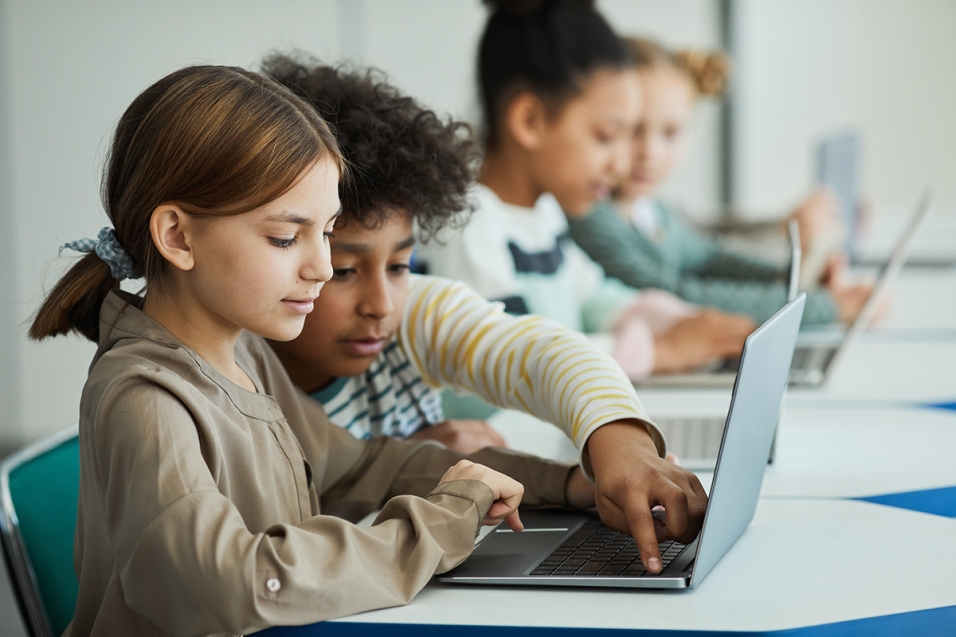
Educational innovation: 5 this year’s trends that will transform learning
Educational innovation is constantly evolving, adapting to new technologies and the changing needs of society.
As we move into 2024, educational innovation trends challenge us to rethink the way we teach and learn. Adopting a holistic approach that incorporates these trends will not only enrich the educational experience but also prepare students to face the challenges of a constantly changing future.
Below, we explore the key trends that are shaping the future of education, aimed at teachers, educational directors, and researchers in the field.
1. Cybersecurity in Educational Centers
As educational institutions embrace digital transformation, cybersecurity has become a top priority. By 2024, schools will be implementing stronger measures to safeguard student data and protect against cyber threats, ensuring a secure and trustworthy learning environment.
Incorporating cybersecurity into the organizational culture of schools is vital. This involves not only protecting systems and data but also educating the entire community—students, teachers, and administrators—about their responsibilities in safeguarding information. Establishing clear communication protocols for handling cybersecurity incidents is crucial in maintaining trust and ensuring a rapid, effective response.
Explore our recommendations on cybersecurity and other educational trends in the linked document.

2. Health and Emotional Well-being in Education: An Urgent Priority
In 2024, the mental health and well-being of students are set to be key priorities, with schools increasingly focusing on programs that support the emotional, physical, and social aspects of student health.
The responsibility for students' emotional well-being is shared between educators and parents, offering a chance to provide future generations with the tools they need to face life’s challenges with emotional resilience. Creating a supportive emotional environment in educational centers is not only urgent but also an essential investment in shaping a healthier, more adaptable society.
3. Microlearning: Short Lessons that Enrich the Classroom
Microlearning, the practice of delivering educational content in bite-sized lessons, is on the rise due to its adaptability to modern, fast-paced lifestyles and the shorter attention spans of today’s students. This flexible, student-centered approach allows learners to engage with material at their own pace, boosting retention and practical application of knowledge.
By integrating microlearning into education, teaching adapts to the demands of contemporary society. It enriches the learning experience while preparing students for a world where continuous, autonomous learning is increasingly vital for success.
4. Big Data: Leveraging the Power of Analytics to Transform Educational Institutions
Data analysis is becoming a cornerstone in education, empowering teachers and administrators to gain deeper insights into student performance and adapt teaching strategies to enhance learning outcomes. By leveraging big data, educational institutions can identify learning gaps, personalize content, and meet the diverse needs of students.
For school leaders, teachers, and education professionals, this represents a powerful opportunity to make a meaningful impact, using data-driven insights to shape more effective and personalized educational experiences.

5. Artificial Intelligence in Education
Artificial Intelligence (AI) is revolutionizing education, enabling personalized learning systems and automated evaluation tools. In 2024, the adoption of AI will expand, allowing for a more tailored educational experience that addresses the unique needs of each student, fostering inclusivity and enhancing the overall effectiveness of education.
However, it is crucial to provide training for both teachers and students in the ethical and responsible use of AI technologies, while continuously assessing their impact on teaching and learning processes to ensure positive outcomes.
